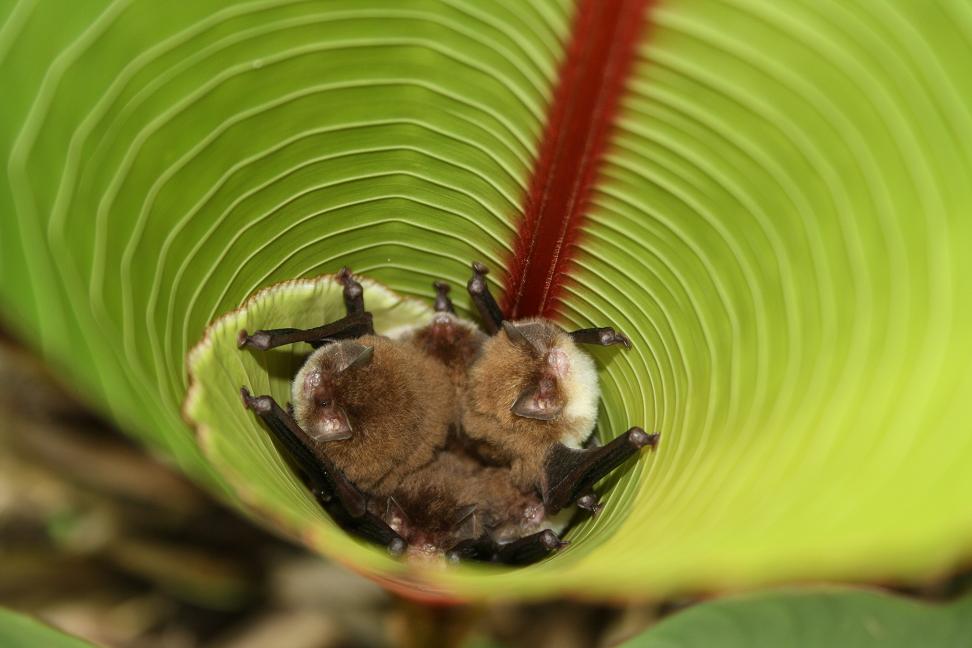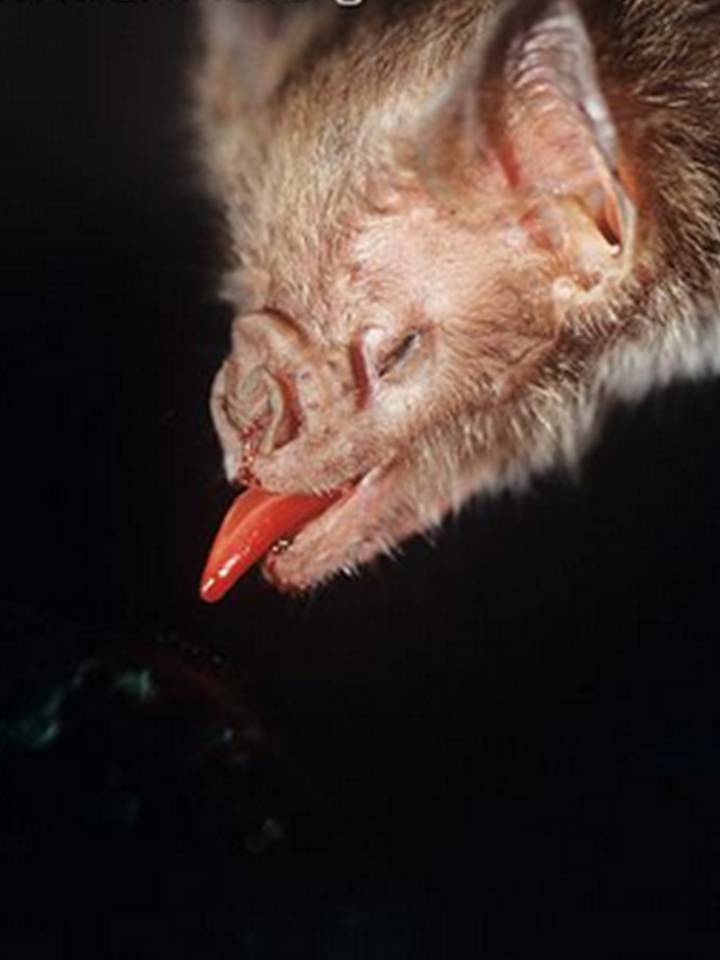When you purchase through inter-group communication on our site , we may make an affiliate commission . Here ’s how it works .
Just like Navy engine driver who jam the sonar of foe ships , bat can jam the signals of other bats to ward off competition for food , a newfangled sketch discover .
chiropteran hunt by echolocation , which means they emit high - pitched speech sound and heed to the echoes that ricochet off their quarry . But competition for food can be fierce , and Mexican free - tailed bat emit a special call that can interfere with the sonar of other squash racket that are pursuing a repast .

A flying Mexican free-tailed bat (shown above) emits specialized signals that jam the echolocation of other bats competing for insect prey.
" They get into amazing airy dogfights , " said study drawing card William Conner , a biologist at Wake Forest University in Winston - Salem , North Carolina . " One will chock up the other , and the other will cram back . " [ See video of bats emit jamming signals ]
Conner and his colleague Aaron Corcoran , now a post doctoral investigator at the University of Maryland in College Park , canvas Mexican free - tailed bats ( Tadarida brasiliensis ) using high - upper infrared television camera and microphone arrays . Corcoran was analyse theinteraction between the at-bat and their prey , moth , when he noticed the bats produce a strange auditory sensation , which they only made when another chiropteran was homing in on the moth .
" It sweeps through the frequency chain of mountains that bats use , and that ’s the stock method acting used to jam sonar and radar , " Conner told Live Science . It ’s call " sweep jam , " he say .

Jamming the enemy
In the fresh subject , Conner and Corcoran set up audio and video recording systems to watch as wild bats hunted Tiger moths . Using a speaker , the investigator encounter recordings of the electronic jamming sign or other sounds , such as double-dyed tones or white noise .
When a bat is right about to nab its quarry , it emits a " terminal bombilation " that is cerebrate to avail it lock on to its meal ’s location . The scientists played the electronic jamming signals both during the concluding bombilation and also at other time during the hunt club .

Bats that heard the electronic jamming signal right when they were about to reach a moth repast were 86 percent more likely to miss , Conner said . This determination endure the idea that the sounds the bats made were indeed jamming signaling .
The investigator decree out a few other explanations for the sound , such as a manner for a bat to defend its food patch , a method for bats to hunt cooperatively or a way of startling another bat . They watched what the first cricket bat did like a shot after it made the sweeping sound , and saw that it immediately turned back to the last know placement of the moth , which suggests the signaling was n’t any of the other possibleness , Conner articulate .
" They have evolved a signal that is very much like the signal that [ engineer ] habituate to jam asdic and radio detection and ranging , but they did it 65 million years earlier , " Conner said .

Not just bats ?
The next step is to figure out the mechanism by which the jamming signal interferes with thenetworks of neuronsinvolved with echolocation . To discover out , scientists would have to enter the signals from the bats ' head while they ’re listening to the jamming sound .
In a late study , Conner and his colleagues found that Tiger moths also emit sounds that jam the bat ' signal . The moth are n’t adequate to of create a sweeping sound like the bats do , but they can make a clicking sound that interferes with the cricket bat ' hunting effort .

Other coinage , such as ant bird , also use signaling jamming tointerfere with messages from a coquettish male person , according to a sketch published in 2009 in the diary Current Biology . Perhaps other animal that use echolocation , such as dolphins and toothed whales , also utilise like jamming techniques , the researchers said .
" We ’re just starting to look , " Conner said .














